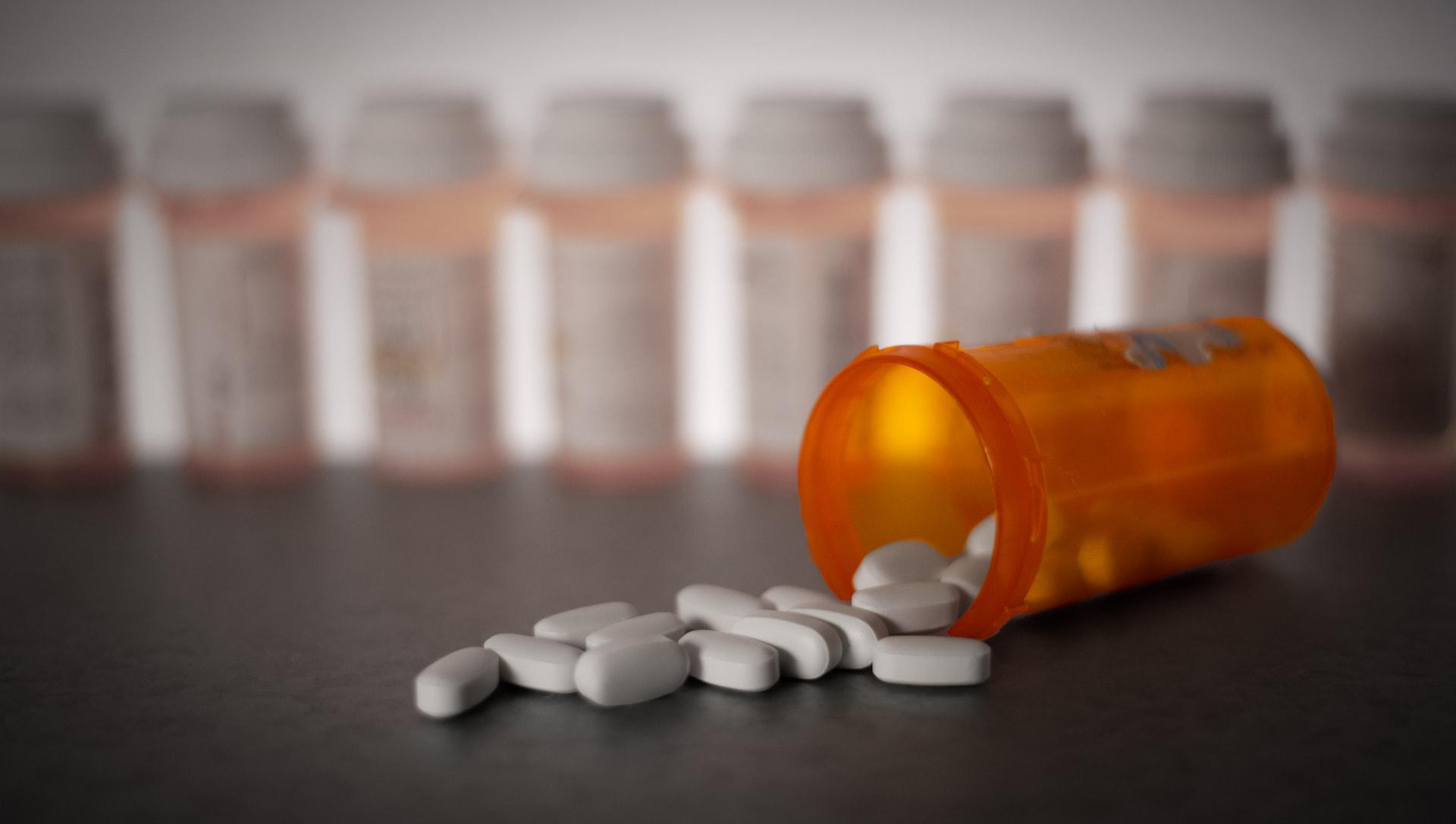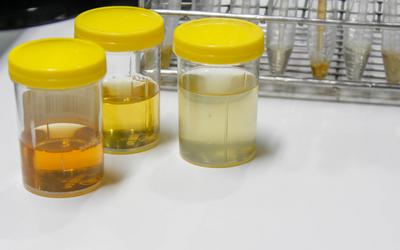Study Reveals High Levels of Workplace Drug Abuse

People are not only consuming illicit substances at work in record amounts, they're circumventing employment drug screenings by abusing substances their employers don't test for, according to a recent, original survey conducted by Health Street.
Health Street, a nationwide employment screening company, conducted original research, seeking to uncover whether employers were falling short in their workplace drug screening endeavors and, if so, how employees who abused drugs were able to slip through the cracks.
Health Street surveyed a total of 1,125 people across three states, Pennsylvania, Nebraska and Texas, seeking to paint a nationwide portrait of the workplace drug use landscape. The study was conducted through anonymous online polling to ensure the accuracy of responses.
Though the popularity of specific drugs and the prevalence of workplace drug use varied by region, results consistently showed that employment drug tests were failing on two counts: testing frequency and range of drugs tested.
Getting High on the Jobsite
The research revealed that two-thirds of all respondents surveyed had full time employment at the time of survey participation. A full 58.1% of those who were employed within the past year said that they had undergone drug screening at least once as part of their employment.
Despite these facts, an astonishing 20.9% of respondents admitted to having been under the influence of drugs while at work at least once, with 10.9% saying they came to work high or got high at work at least once a month. 4.1% said that being high on the job was a routine matter, occurring several times a week.
Regional Differences in Workplace Drug Use
Though reported workplace drug use is high across the board, there are regional variations. 14.4% of Nebraska respondents reported that they regularly (i.e., at least once a month) go to work under the influence of narcotics. Dallas, TX had the highest percentage of workplace drug users of any city, with 16.6% of local respondents admitting to regular drug use on the job.
Along with variances in the rates of workplace drug abuse, the study also uncovered differences in the regional popularity of specific substances.
The use of marijuana and THC-based products was pervasive across all regions surveyed, with an average of 39.2% of total survey respondents reporting marijuana use throughout the past year.
In Pennsylvania and Texas, about 17% reported using marijuana in the past week, as opposed to just 8% of Nebraska's participants. However, other drugs, like opiates, proved more popular in Nebraska than in other surveyed regions.
In Pennsylvania, the second most popular drug used at work (behind marijuana) was cocaine, according to Health Street's survey results. As many as 11% revealed they used cocaine on the job. In Texas, the most popular drug employees used even while at work was ecstasy (MDMA). A shocking 17% of employees admitted to using amphetamines on the job, even though 57% undergo employee drug testing.
Why Current Workplace Drug Testing Measures Aren't Enough
Despite the prevalence of drug testing procedures at respondents' workplaces, replies consistently indicated that employers were giving employees too much fore-warning of impending tests and not testing for some of their region's most popular substances at all.
Whereas many employers are aware of marijuana's popularity and will screen their employees for THC, many more dangerous and addictive drugs aren't typically included in popular employee drug panels. Across the board, 12.3% of employees admitted to using drugs their employers did not test for. When asked to list what these drugs, opiates, cocaine, and ecstasy were common examples. Though these substances can easily be detected by broader scope drug tests like Health Street's 12 or 16 Panel assessment, some of them are not screened for with the standard 5 Panel Drug Test.
Additionally, though nearly 60% of respondents have been drug tested as part of their employment conditions, almost half of those screening were of the pre-employment, rather than the random, variety. Pre-employment screening, the practice of testing potential employees once before they officially commence their employment, was the most popular. Unfortunately, this system provides employees with both plenty of notice about when to cease narcotic use and with the assurance that they will never be tested at work again once they pass the initial screening. This allows those with substance-use tendencies the freedom to abuse drugs as soon as they leave the screening.
In contrast, random drug screenings are specifically designed to ensure employees never know when they'll be tested next. With names chosen at random by a non-discriminatory digital system, employees always have a chance of being called up for a test next, even if they've already recently been tested.
The Impact of Subpar Drug Screening
Failure to test certain drugs in an employee screening process may endanger your workplace to accidents or wasted resources. Considering the current opiate crisis, a 5 Panel Drug Test is typically not enough to screen for widely abused prescription drugs like oxycodone, methadone and codeine. Many other drug panel tests also don't detect methamphetamines, barbiturates and benzodiazepines.
Effective employee drug screening helps your company keep a safe workplace for both employees and customers by reducing drug-related accidents with employees or customers. More robust workplace drug policies affect productivity, which trickles down to your bottom line. An average of 88% of the total participants in Health Street's survey indicated that drug use on the job lowered their productivity and concentration levels.
Research from The National Council on Alcoholism and Drug Dependence (NCADD) seems to coincide with Health Street's findings, as well. According to the NCADD, drug use increases the rate of unexcused absences, tardiness, injuries and worker compensation claims. Employees who use drugs are more likely to quit or be fired within their first year, whereas companies who drug screen their new hires with comprehensive drug panels may benefit from higher employee retention rates.
Conclusion
While a random drug testing program is certainly far more effective than pre-employment screening alone, Health Street's latest original research suggests it's only a piece of the puzzle. Drug-free workplace programs deter employee drug use the best when there is a sustained frequency of random testing using comprehensive drug testing panels. When employers use abbreviated panels that only test for a few common drugs, leaving out many of the prescriptions and newer street drugs that people are using, they are less likely to achieve the goals they set out to accomplish in the first place - namely, a workplace that is actually free of drugs.






